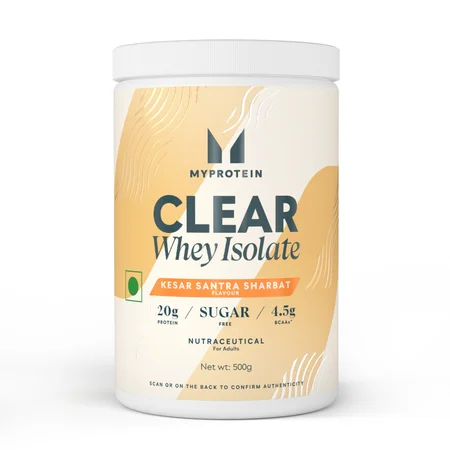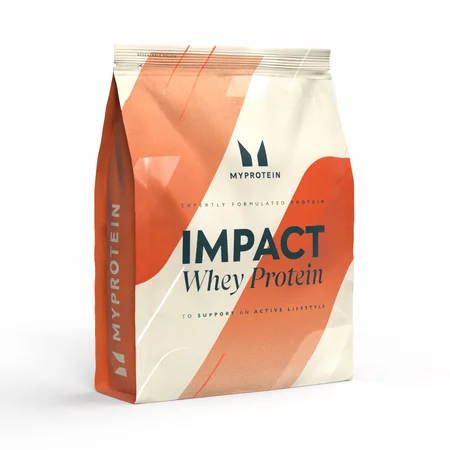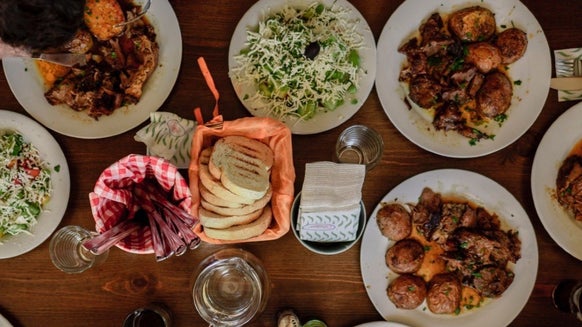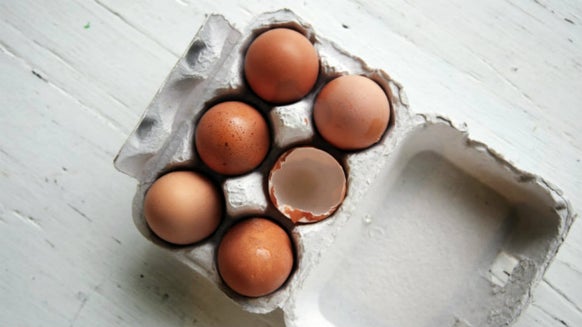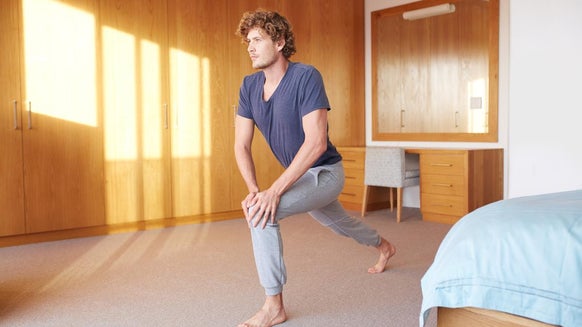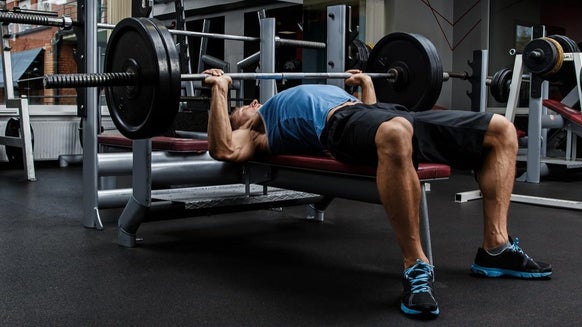What Is Carb Cycling & How Does It Work?
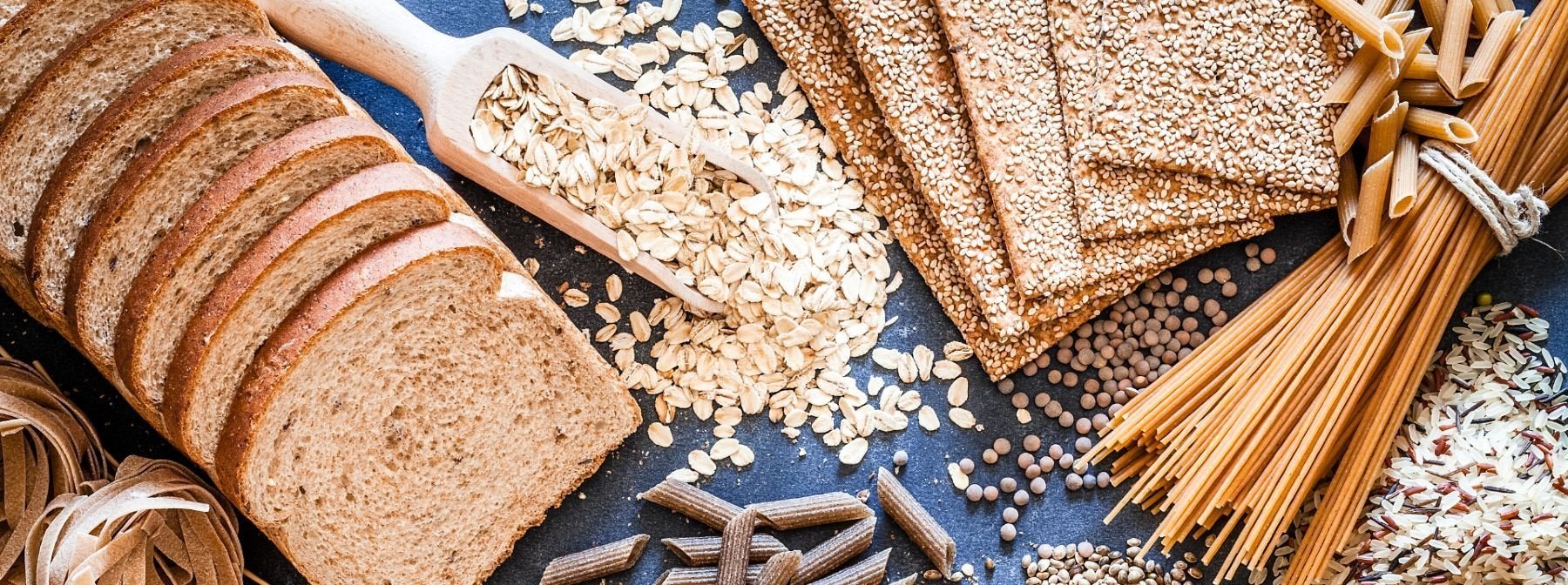
If you are someone who likes a planned routine and doesn’t want to constantly cut all carbs from your diet, carb cycling might be the right eating pattern for you.
Carb cycling factors in your workouts when calculating your meal plan, matching up your diet to the days that your muscles need more fuel. Read on to learn about the potential benefits of carb cycling.

What is carb cycling?
Carb cycling is a diet pattern that takes advantage of the benefits of low carb diets, but also considers the fuel you need for your workouts.
It’s typically followed for a few weeks or months at a time but not full time like a ketogenic diet. Carb cycling simply means eating a higher carbohydrate diet on some days and lower carbs on other days.
Depending on your goals (building muscle, weight loss, etc.) you might plan your carb cycling diet for weeks at a time or just take it day by day.
How does it work?
Carb cycling works by acknowledging that most people don’t follow exactly the same activity pattern every single day.
Even if you work out 6 days per week — maybe 2 days are HIIT cardio and 4 days are weight lifting — you’d need less carbs with weight training than intense cardio, and even fewer on a rest day.
On the weekends you might be outside all day and never stop moving, but be chained to your desk on weekdays, making your carb needs lower.
Who is carb cycling suitable for?
Carb cycling is suitable for anyone who’s working towards changing their physique or performance. If you’re trying to gain muscle, maintain muscle, lose fat, all of these are manipulated by the amount of carbs (and protein and fat) that you eat.
If you find that measuring and tracking your intake doesn’t make you comfortable, it might be best to adapt carb cycling to a less structured routine.
Carb cycling for muscle and sports performance
Carb cycling is a popular approach for athletes who want to improve their body composition and performance. Most athletes know they need extra protein to add muscle, but the rest of your diet matters, too.
Muscles need fuel — and that fuel comes in the form of carbs. The key with carb cycling is to plan carb intake based on the intensity of your workouts. They provide the energy you need to perform at your best.
Recovering with the right amounts of protein and carbs primes your muscles for your next workout. The amount of carbs and protein you need depend on your workout — weightlifting, HIIT training, and endurance cardio all call on your muscles to work in different ways.
Can it be used for weight loss?
We know that cutting back total calories can lead to weight loss, however, we often see carbs as the enemy in the way of achieving our goals.
With carb cycling, you plan ahead and make thoughtful choices about what carbs to eat, and when, without feeling restricted by cutting them out completely.
Although there are many diets that can lead to successful weight loss, the appeal of carb cycling is knowing that no food groups are entirely off limits.
Is carb cycling the same as keto?
Keto and carb cycling are the same eating pattern. A ketogenic diet, or keto, forces your body to burn fat for energy by greatly restricting your carb intake. Keto is only successful when you keep your carbs very low for a consistent period of time.
Carb cycling varies the amount of carbs in your diet without cutting them out completely which can make this approach more sustainable for the long term.
Does carb cycling have any other benefits?
Carb cycling relies on the theory of nutrient timing — giving your body the nutrients it needs at the right time. Planning to eat more carbs on the days when you’re more active can actually help your body’s blood sugar control and insulin levels.
Eating lots of carbohydrates without much exercise makes the body work to release insulin and turn that energy into storage (body fat).
Another potential benefit of carb cycling is the predictability. For people who like structure and a very detailed meal plan, this approach can limit ambiguity and take away cravings when you know you can fit most foods into your diet. This makes it potentially more sustainable for the long term.
How to do carb cycling
To do carb cycling, first you want to have a good idea of your calorie needs and macro breakdown (use this handy macro calculator to get started). Next, plan out a typical week of workouts, deciding when you will have high intensity workouts, HIIT vs endurance workouts, and when you’ll take rest days.
Based on your workout plan, you’ll want to choose which days you’ll follow a higher carb diet (between 50-60% of your calories coming from carbs) and which days you’ll stick to low carb (between 30-40% of your calories from carbs).
Consider alternating these days if possible, knowing that your lower carb days will include higher amounts of protein and healthy fats. If you vary your rest days (i.e. sitting on the couch one day vs talking a long walk), you might also want to incorporate moderate-level carb days.
Make Sure You’re Eating Enough
Undereating can really slow down progress towards your goals. Whether you’re trying to build muscle or lose weight, not consuming enough calories can lead to burning muscle and slowing down your metabolism long term.
So, even though you’re limiting carbs, be sure to replace those missing calories with high quality sources of protein and healthy fats.
Balance your macros
Using the macro calculator referenced above, get your ideal macros, then use the various activity levels to get an idea of how to change up your carb intake based on your planned workouts.
Another approach is to calculate your macros once, then determine what percentage of your calories are coming from carbs — and use that to target 50-60% on high carb days and 30-40% on low carb days. If you’re still not sure where to start, reach out to a registered dietitian for help.
Choose high quality carbs
So, now that you know you can use carbs to your advantage, don’t forget that you need to choose the best kinds of carbs for optimal results.
Focus on carbs that provide other nutrition — like fibre (fruits and veggies), calcium (dairy products), and whole grains (vitamins and minerals).
While chocolate cake and whole grain bread are both primarily sources of carbohydrate, the first isn’t giving you much benefit while the second is packed with good-for-you nutrients.
Hydrate
Don’t forget you need to properly hydrate no matter what your carb levels are for the day. When you’re on a higher carb day and your muscles need carbs for fuel, water is a key part of the reaction that frees the energy from the carbs you eat.
If you’re working out extra hard and sweating a lot, you might choose to use a sports drink with electrolytes - but don’t forget to add in any carbs that those drinks might contain.
Plan your meals
The key to successful carb cycling is planning your meals (including macros and carbs) ahead of time.
This way you know exactly what to eat to meet your goals and can reduce the temptation to stray from your plan. The chart below is based on a 2000 calorie goal.
This plan is for someone who plans on intense workouts Monday, Thursday, and Saturday, with an active rest day on Wednesday and low activity Tuesday, Friday, and Sunday.
| Carb Intake | Breakfast | Lunch | Optional Snack | Dinner | Totals | |
| Monday | High carb | Egg, veggie, and cheese sandwich on whole grain bread with fruit | Egg salad with whole grain crackers | Baby carrots and hummus | Brown rice stir fry with chicken and broccoli | 270 grams carbs, 55 grams fat, 103 grams protein |
| Tuesday | Low carb | Egg whites with spinach, salsa, cheese, avocado | Lettuce wrapped chicken tenders with buffalo sauce and sliced bell pepper | Celery & peanut butter | Strip steak and asparagus with lentils | 175 grams carbs, 65 grams fat, 172 grams protein |
| Wednesday | Moderate carb | Protein shake with fat free milk | Grilled salmon and sweet potato | Greek yogurt | Bean and cheese quesadilla with corn salsa | 222 grams carbs, 65 grams fat, 127 grams protein |
| Thursday | High carb | Oatmeal with fresh berries and almond butter | Salad with grilled chicken, strawberries, and goat cheese | Protein shake with milk | Fish sandwich and green beans | 260 grams carbs, 57 grams fat, 102 grams protein |
| Friday | Low carb | Protein pancakes and turkey bacon | Vegetable soup with hard boiled eggs and an apple | Trail mix (nuts and dried fruit) | Turkey burger with cheese, tomato, avocado (no bun), cauliflower rice | 179 grams carbs, 62 grams fat, 180 grams protein |
| Saturday | High carb | Toast with peanut butter and banana slices | Whole grain pizza (2 slices) and cucumbers | Cottage cheese with berries | Grilled chicken and vegetable skewers with quinoa | 265 grams carbs, 57 grams fat, 99 grams protein |
| Sunday | Low carb | Scrambled eggs with sausage and tomato slices | Tuna-salad stuffed celery stalks, side of blueberries | 2 rice cakes with cheese spread | Zucchini noodles with meat sauce and mozzarella | 180 grams carbs, 64 grams fat, 160 grams protein |
Take Home Message
Carb cycling can be a flexible dieting option, but it still requires some planning and calculation to be successful. Because it doesn’t cut out carbs completely, it can feel more achievable than a very low carb diet.
Matching up your activity habits with your meal plan is a key to seeing the results you want with carb cycling.


